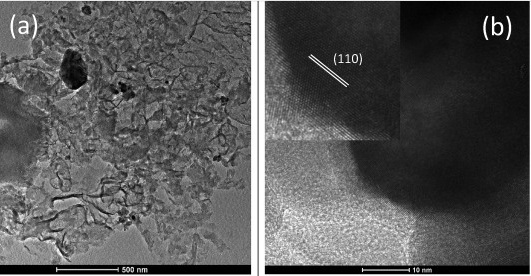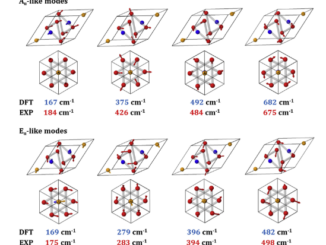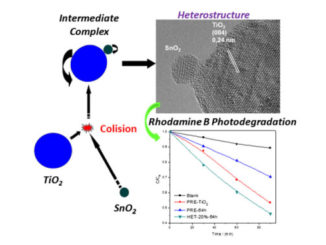
Fabrication of SrTiO3/g-C3N4 heterostructures for visible light-induced photocatalysis
Abstract: We investigated a new method for the preparation of visible light-activated heterostructured photocatalysts made up of SrTiO3 (STO) and g-C3N4 (CN). The photocatalysts were synthesized by the polymeric precursor method to obtain STO, which was further thermally treated at 550 degrees C for 2 h in presence of melamine at different proportions for CN formation. The SrTiO3/g-C3N4 heterostructures were termed as STOCN-Mel88%, STOCN-Mel92%, STOCN-Mel95%, STOCN-Mel97% and STOCN-Mel99% indicating the use of melamine at 88%, 92%, 95%, 97% or 99%. The SrTiO3/g-C3N4 heterostructures were characterized for their crystalline structure, optical properties, thermal stability, morphology and surface composition, and photocatalytic potential, which was evaluated by photodegradation of methylene blue dye and amiloride under visible light. The melamine content exhibited a strong influence on the formation of CN, as well as on the bulk structure, surface and photocatalytic properties of the SrTiO3/g-C3N4 heterostructures. The heterostructures were catalytically active under visible light due to their reduced band gap energy. The presence of oxygen vacancies in the STO phase associated with the CN phase improved the photogenerated electron-hole charge separation in the SrTiO3/g-C3N4 catalysts. The synthesis described here is efficient in obtaining visible light-activated photocatalysts that are applicable to photocatalytic processes under solar light.
Author(s): Ferreira, MA; da Silva, GTST; Lopes, OF; Mastelaro, VR; Ribeiro, C; Pires, MJM; Malagutti, AR; Avansi, W; Mourao, HAJL
Volume: 108
Published: 15 March 2020




